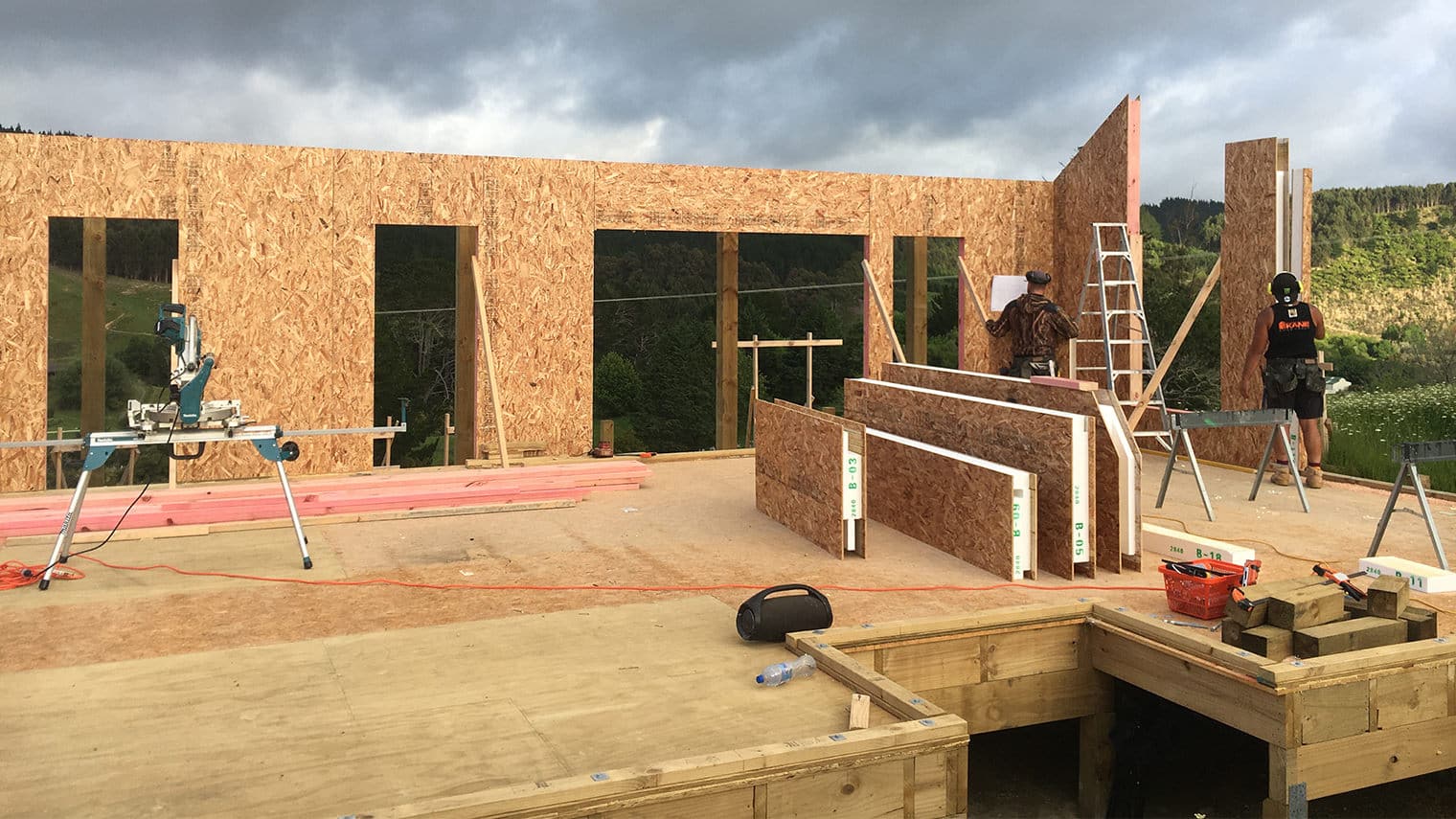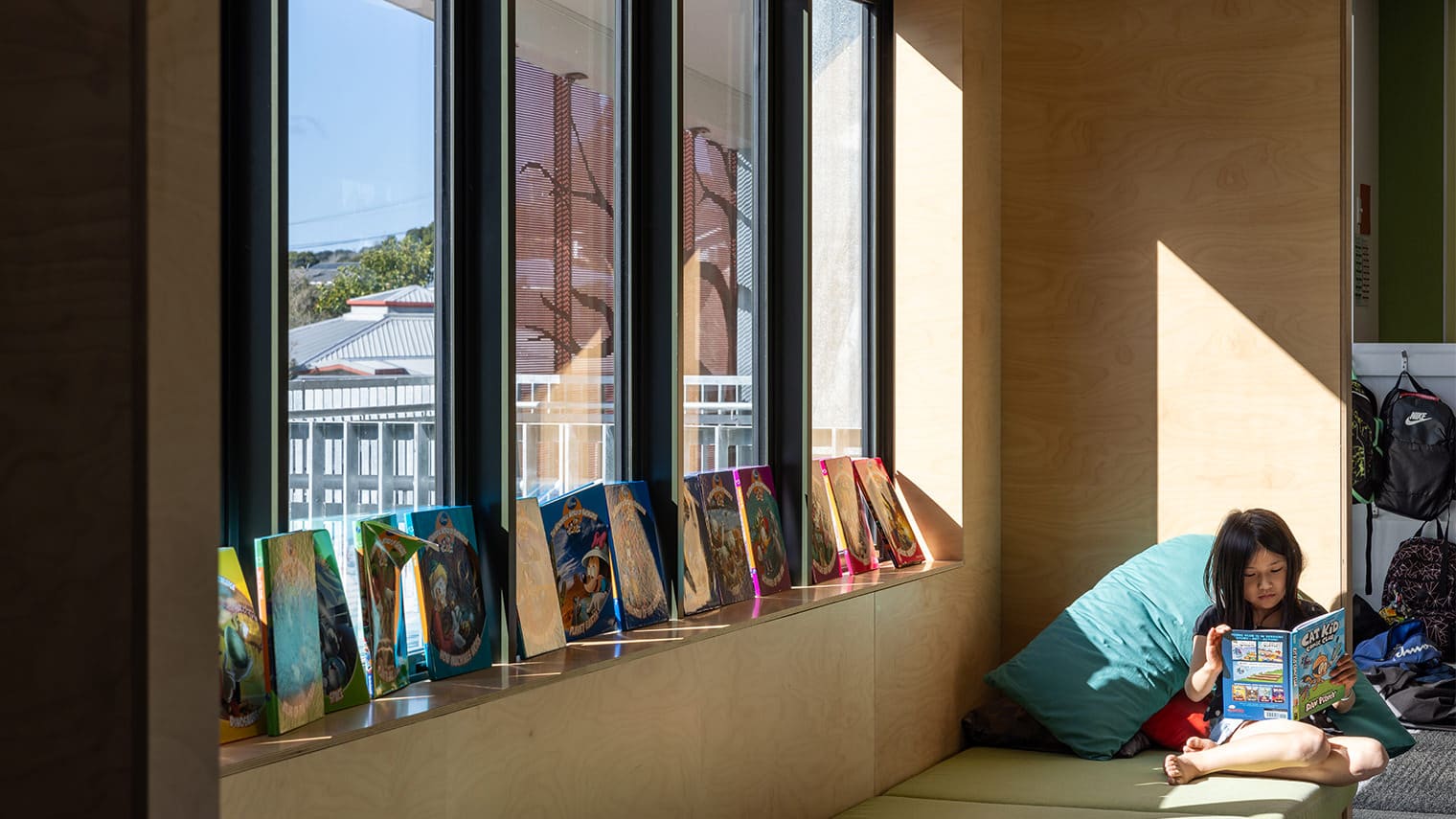Striking a balance: great design on a budget

When it comes to construction projects, residential or commercial, your eyes can be bigger than your wallet. The challenge for an architect is to balance budgetary constraints with functional, well-designed spaces and appealing aesthetics. Respond Director and Head Architect Natasha Cockerell shares some of her tricks for creating great architecture on a budget.
“A common theme across all our projects – whether residential, commercial or developer led – is a limited budget and a wish list that’s generally bigger than the budget will accommodate,” says Natasha. “For developers and commercial clients it’s all about return on investment. For residential clients, the budget is typically determined by how much they can comfortably borrow, and they want to get the best house for their money.” So how do Respond’s architects find this balance between cost and creative, functional design? Here are six tips on getting the most bang for your buck.
1. Start with the site
Your site is quite literally the foundation of your project. Earthworks are hugely expensive and, if you’re working on a sloping site, ‘getting out of the ground’ can easily form up to 30% of project costs. The more you can work with the existing site contours and features the better. Rather than cutting into a slope and forming retaining walls, can your building step down the slope or float over it on a pole structure?
2. It’s about space
Generally, the bigger your building, the more it will cost. Keeping control of the floor area and ensuring the size of the design doesn’t balloon out of control is one way of sticking to your budget.Try designing spaces for flexibility and multiple uses. Do you really need a spare bedroom, a study and a third living area? Why not combine them into one flexible space of 16m2 instead of three areas covering 48m2 and save yourself around $100k? Likewise, in many new office spaces designers are blurring the line between public and private, combining staff lunchrooms with informal client meeting and waiting areas. Using clever additions like large sliding doors will allow open plan spaces to be closed off, becoming private if need be.
Look at your hallways and corridors and consider whether they’re really needed. Often they use up a lot of space and can feel pokey and dark. Instead, try designing spaces that flow off one another, letting the rooms themselves serve as circulation space. Where a hallway is required keep it short, try not to subdivide it with too many doors and, if possible, give it a gallery/breezeway feel by adding some windows at high or low level.
3. Be critical with the floor plan
When looking at the floor plan, many clients worry that the spaces aren’t big enough. Trust your architect – they know what they’re doing. Rooms can be generously sized without being wasteful of space. Do you have extra wide corridors or transition areas, or strangely proportioned rooms with dead spots which won’t be utilised? A good design will ensure all space has a purpose.
4. Use light and proportion
Modest sized spaces can feel generous and airy with clever use of natural light and balanced proportions. A judiciously placed skylight over an entry, kitchen island or shower for example will create drama and a sense of height for very little cost. Similarly, standard 2.4m high ceilings can seem higher when paired with over-height doors/windows or pendant light fittings which give a sense of volume.Using the same floor finish throughout living and circulation areas will help tie the spaces together and make them feel bigger. Conversely, tiling an open plan kitchen when the adjacent living area is carpeted will cut the space in two and make it feel smaller.
5. Set your priorities
Think carefully about your project brief and decide what’s most important to you. A guest bedroom and bathroom may only be used a few times a year, while your kitchen will be used every day and is the heart of the home. Think about whether you really need that guest suite – could visitors sleep on a pull-out couch and share the family bathroom? Perhaps it would be better to invest the money in the perfect kitchen, or a covered outdoor room which the family will live in over summer.Also think about how important that huge garage space is. At the end of the day, it may be more beneficial to invest in high spec insulation and central heating to keep your family comfortable, rather than a space to keep your cars dry.
6. Trust your Architect
Utilise your architect’s skills by not telling them what to do! Instead, let them know what you want to achieve and how you’ll use the building, and leave them to do what they’re trained to do. By not restricting their creativity with your own preconceptions, you’ll be surprised at what they can create.An architect may cost you slightly more than a draftsperson, but the value they’ll add (if you pick the right one) will pay back your investment many times over. Architecturally designed properties often attract a much higher value, and many of our clients have told us they didn’t understand the value of an architect until they worked with one.
By placing your trust in a good architect it is possible to create a home or workplace with pleasing, functional spaces and pared back architectural features – even on a budget.




